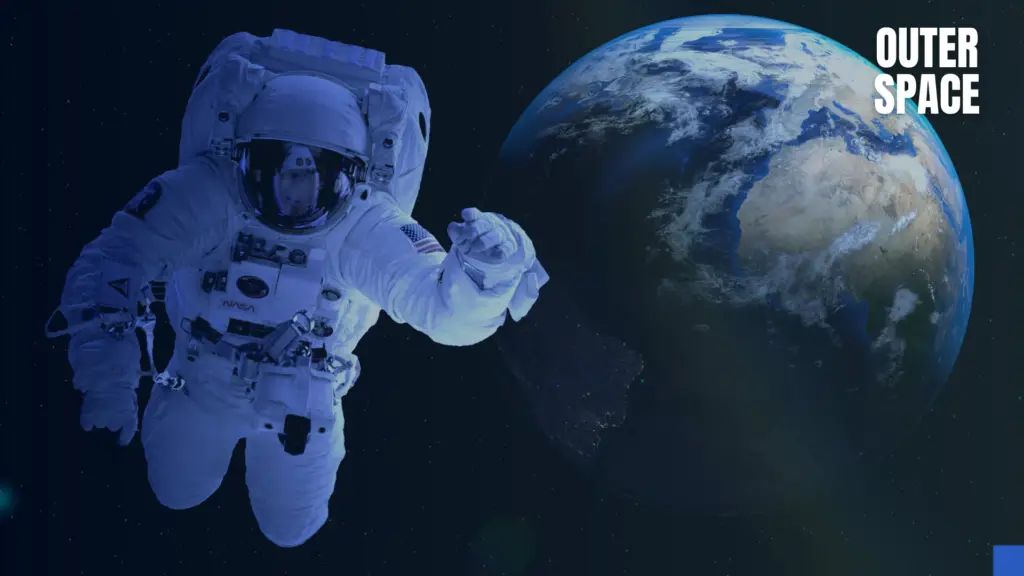
Bharatiya Antariksh Station (BAS)
The Government of India has taken a monumental step towards establishing its first space station, Bharatiya Antariksh Station (BAS), with the Union Cabinet, led by Prime Minister Narendra Modi, approving its first module’s launch by 2028. This decision marks a significant expansion of the Gaganyaan Program, India’s Human Spaceflight Programme, which now includes new missions and developments geared towards building and operating the BAS.
Expansion of the Gaganyaan Program
Initially approved in December 2018, the Gaganyaan Program aimed at enabling India to conduct human spaceflights to Low Earth Orbit (LEO), laying the foundation for future human space exploration. The program’s scope has now been revised, incorporating the development of BAS’s first module (BAS-1) and missions that will demonstrate and validate various technologies necessary for its operation.
This revision will involve eight missions by December 2028, focusing not just on space travel but also on the development of technologies for long-duration human space missions. These missions will test and refine the necessary systems for operating the space station.
India’s vision for space
India’s vision for space in the Amrit Kaal (an era of rapid development) includes the ambitious goals of having a fully operational Bharatiya Antariksh Station by 2035 and sending Indian astronauts to the Moon by 2040. These plans align with global efforts where major space-faring nations are investing in technologies for long-duration human space missions and lunar exploration.
Collaboration and national effort
The Gaganyaan Programme and BAS development will be led by ISRO, in collaboration with various national stakeholders, including industry, academia, and other government agencies. The total funding for the Gaganyaan Programme has been revised to ₹20,193 crore, with an additional ₹11,170 crore allocated for the extended scope.
The implementation will be handled through ISRO’s established project management mechanisms. By 2026, ISRO aims to complete four Gaganyaan missions, followed by four additional missions dedicated to BAS development by 2028.
Impact on Science, Technology, and Economy
The Bharatiya Antariksh Station will play a crucial role in microgravity-based scientific research and technology development, which could lead to major technological innovations. The program is expected to stimulate industrial participation and generate employment, particularly in niche high-technology areas within the space and allied sectors.
Moreover, BAS will create significant opportunities for the country’s youth, fostering careers in science and technology. The resulting innovations will have widespread benefits for society, with technological spin-offs that could contribute to multiple industries.
भारतीय अंतरिक्ष स्टेशन (BAS): 2028 तक वैज्ञानिक अनुसंधान के लिए भारत का पहला अंतरिक्ष स्टेशन
भारत सरकार ने अपना पहला अंतरिक्ष स्टेशन, भारतीय अंतरिक्ष स्टेशन (BAS), स्थापित करने की दिशा में एक ऐतिहासिक कदम उठाया है। प्रधानमंत्री नरेंद्र मोदी की अध्यक्षता में केंद्रीय मंत्रिमंडल ने 2028 तक इसके पहले मॉड्यूल के प्रक्षेपण को मंजूरी दी है। यह निर्णय भारत के मानव अंतरिक्ष उड़ान कार्यक्रम, गगनयान कार्यक्रम, के दायरे को व्यापक बनाता है, जिसमें अब BAS के निर्माण और संचालन के लिए नए मिशन और विकास शामिल हैं।
गगनयान कार्यक्रम का विस्तार
दिसंबर 2018 में स्वीकृत गगनयान कार्यक्रम का मूल उद्देश्य मानव अंतरिक्ष यान को निम्न पृथ्वी कक्षा (LEO) में भेजना और दीर्घकालिक मानव अंतरिक्ष अन्वेषण के लिए आवश्यक प्रौद्योगिकियों की नींव रखना था। अब इस कार्यक्रम का विस्तार किया गया है, जिसमें भारतीय अंतरिक्ष स्टेशन (BAS-1) के पहले मॉड्यूल का विकास और उसके संचालन के लिए आवश्यक विभिन्न प्रौद्योगिकियों के प्रदर्शन और मान्यता मिशन शामिल हैं।
इस संशोधन के तहत, दिसंबर 2028 तक आठ मिशनों का संचालन किया जाएगा, जो न केवल अंतरिक्ष यात्रा पर केंद्रित होंगे बल्कि लंबे समय तक चलने वाले मानव अंतरिक्ष मिशनों के लिए आवश्यक प्रौद्योगिकियों के विकास पर भी ध्यान देंगे। ये मिशन अंतरिक्ष स्टेशन के संचालन के लिए आवश्यक प्रणालियों का परीक्षण और परिष्कृत करेंगे।
अंतरिक्ष के लिए भारत की दृष्टि
अमृत काल में भारत की अंतरिक्ष के लिए दृष्टि में 2035 तक एक पूर्ण रूप से कार्यशील भारतीय अंतरिक्ष स्टेशन और 2040 तक भारतीय अंतरिक्ष यात्रियों को चंद्रमा पर भेजने का लक्ष्य शामिल है। ये योजनाएँ प्रमुख अंतरिक्ष राष्ट्रों के वैश्विक प्रयासों के अनुरूप हैं, जहाँ दीर्घकालिक मानव अंतरिक्ष मिशनों और चंद्र अन्वेषण के लिए प्रौद्योगिकियों में निवेश किया जा रहा है।
सहयोग और राष्ट्रीय प्रयास
गगनयान कार्यक्रम और BAS का विकास इसरो के नेतृत्व में किया जाएगा, जिसमें उद्योग, शिक्षाविद, और अन्य राष्ट्रीय एजेंसियों सहित विभिन्न हितधारक सहयोग करेंगे। गगनयान कार्यक्रम के लिए कुल वित्त पोषण को संशोधित करके ₹20,193 करोड़ कर दिया गया है, जिसमें विस्तारित दायरे के लिए ₹11,170 करोड़ की अतिरिक्त राशि शामिल है।
इसरो के परियोजना प्रबंधन तंत्र के माध्यम से कार्यक्रम का कार्यान्वयन किया जाएगा। 2026 तक, इसरो चार गगनयान मिशन पूरे करने का लक्ष्य रखता है, इसके बाद 2028 तक BAS विकास के लिए चार अतिरिक्त मिशन किए जाएंगे।
विज्ञान, प्रौद्योगिकी और अर्थव्यवस्था पर प्रभाव
भारतीय अंतरिक्ष स्टेशन माइक्रोग्रेविटी आधारित वैज्ञानिक अनुसंधान और प्रौद्योगिकी विकास में एक महत्वपूर्ण भूमिका निभाएगा, जिससे प्रमुख तकनीकी नवाचार हो सकते हैं। यह कार्यक्रम औद्योगिक भागीदारी को प्रोत्साहित करेगा और विशेष रूप से उच्च-प्रौद्योगिकी क्षेत्रों में रोजगार सृजन में वृद्धि करेगा।
इसके अलावा, BAS देश के युवाओं के लिए विज्ञान और प्रौद्योगिकी में करियर बनाने के महत्वपूर्ण अवसर पैदा करेगा। इसके परिणामस्वरूप होने वाले नवाचारों का समाज पर व्यापक लाभ होगा, जिससे विभिन्न उद्योगों में तकनीकी विकास होगा।









